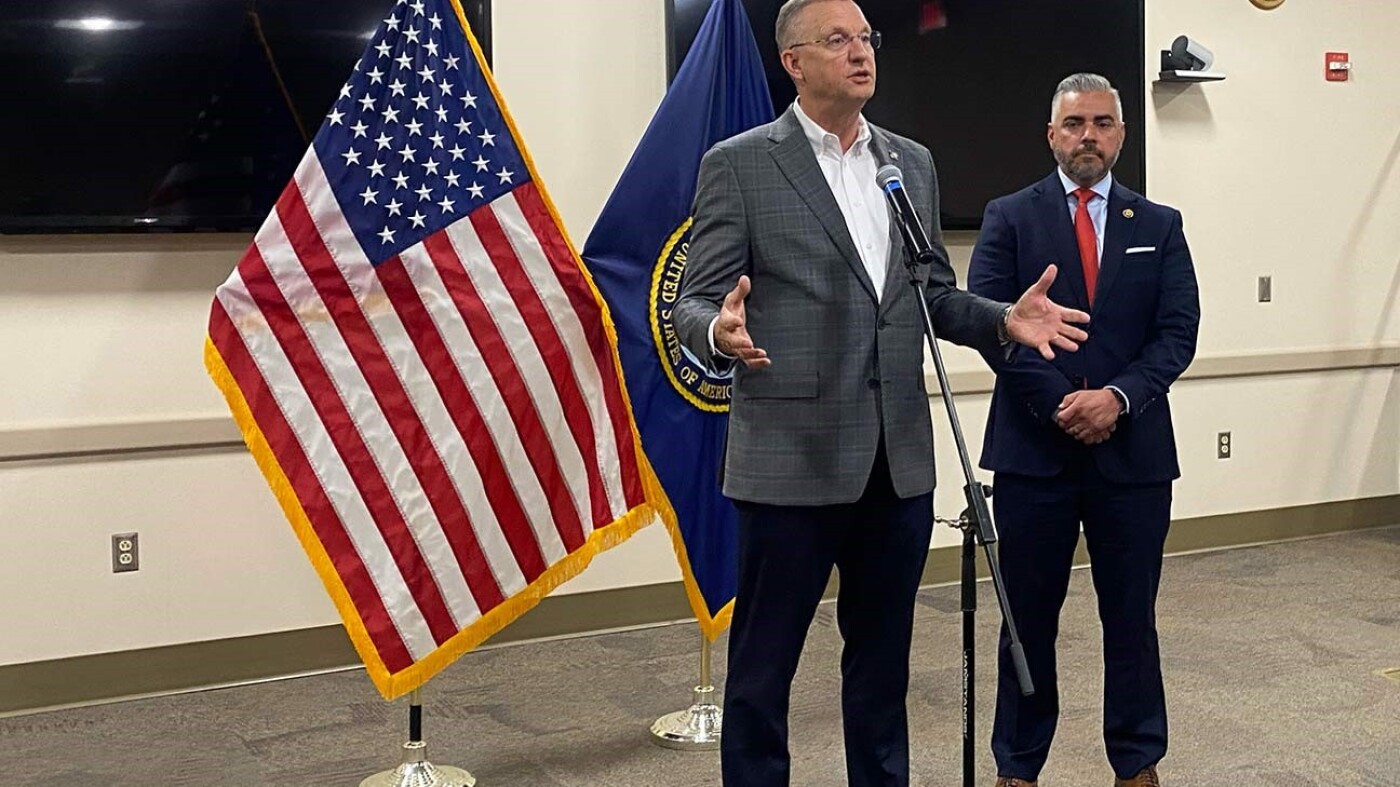VA Workforce Reduction Plan Raises Concerns Among Employees and Veterans
Amidst the Trump administration’s effort to reduce the workforce at the Department of Veterans Affairs (VA) by 15%, a significant number of employees have applied for deferred resignation. This move is part of the DOGE initiative and has sparked concerns among both staff and veterans about potential impacts on healthcare services.
According to data shared with NPR, 11,273 VA employees nationwide have applied for deferred resignation. Among the top roles seeking this option are nurses (approximately 1,300), medical support assistants (around 800), and social workers (about 300).
Secretary of Veterans Affairs Doug Collins has assured that the reduction in staff will not compromise the quality of care for veterans. During a recent Senate hearing, he dismissed accusations from Democrats, labeling them as fearmongering. “I will not let you sit here and scare my veterans and scare my employees, because no one has discussed firing doctors or firing nurses,” Collins stated in response to Senator Richard Blumenthal’s inquiries.
Blumenthal, however, expressed skepticism about Collins’ ability to achieve the workforce reduction goals without affecting care. “It simply cannot be done. And you may give us a lot of verbiage here, but you’re not giving us facts. And facts are essential to accountability,” he said.
With approximately 470,000 employees, the VA is the second-largest department in the U.S. government, following the Defense Department. More than 371,000 of these employees are healthcare professionals working across 1,380 facilities nationwide, including 170 VA medical centers and 1,193 outpatient clinics.
VA press secretary Pete Kasperowicz emphasized that the agency would be selective in approving deferred resignation applications for healthcare staff. “While all VA employees may apply for these programs, employees who provide direct or indirect care to veterans will only be approved in very limited circumstances when their separation fulfills mission needs,” he explained.
Senator Bernie Sanders raised concerns about existing shortages of healthcare providers within the VA, questioning Collins about the issue. Collins acknowledged the industry-wide challenge, stating, “We are the same as every other healthcare system. We’re struggling to recruit doctors, nurses, and others, just as anybody else.”
The goal of the workforce reduction, according to Collins, is to boost productivity, reduce bureaucracy, and ultimately improve veteran healthcare and benefits. “We have been emphatic that we will not be cutting benefits and healthcare, only improving them,” he asserted.
However, a recent poll conducted by Iraq and Afghanistan Veterans of America revealed that 81% of veterans are concerned that federal cuts could negatively affect their benefits and healthcare. Veterans and VA staff, many of whom are veterans themselves, are voicing their apprehensions.
Protests have emerged, such as the May 2 demonstration outside the VA facility in Tucson, Arizona. Alex Maldonado, a veteran and organizer with Veterans for Peace, argued that the proposed staff cuts are excessive. “Those are the people we need right now to answer phones, talk to veterans, talk to us about our appointments, just somebody to talk to,” Maldonado stated.
Dan Clare from Disabled American Veterans echoed these sentiments, emphasizing the uncertainty surrounding the cuts. “The secretary might be able to find some efficiencies, might be able to do some amazing things,” said Clare. “It’s just we’re not getting the answers to who’s being cut, what jobs are going away, how that can affect veterans.”
The VA has extended the deadline for employees to apply for deferred resignation from April 30 to May 16. Employees approved for this option will separate from the agency by September 30 and will begin administrative leave on July 1 or shortly thereafter, based on certain conditions detailed on myfedbenefitshelp.com.
This article was originally written by www.npr.org






Be First to Comment